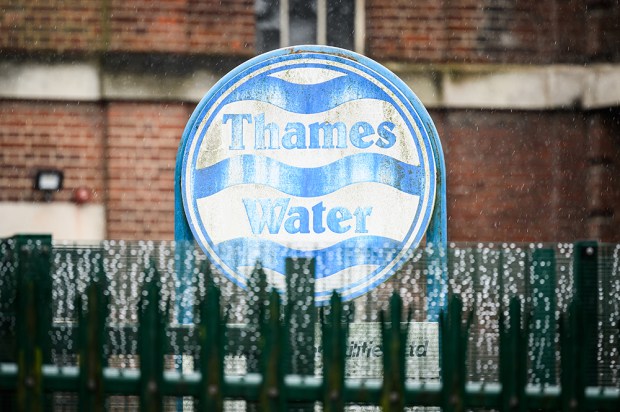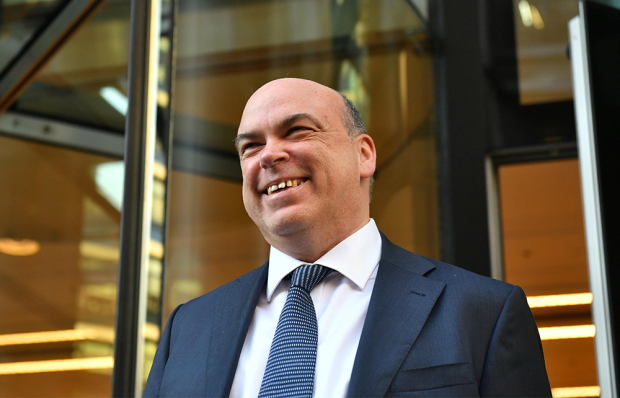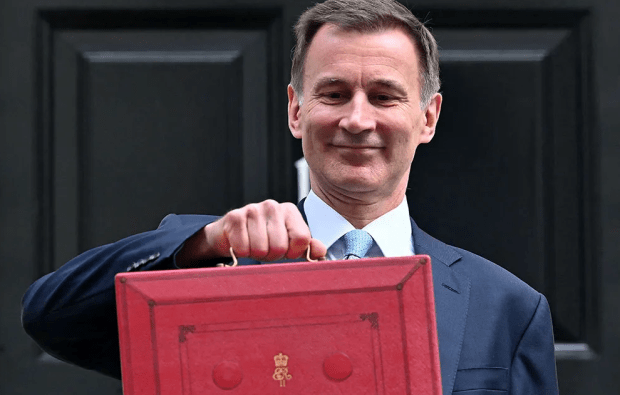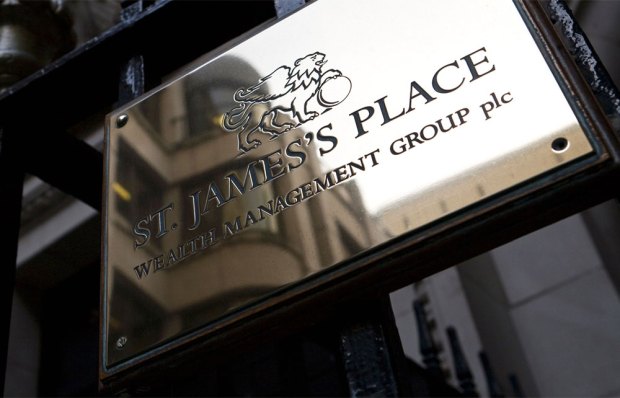You know my theory that Unite leader ‘Red Len’ McCluskey is a Conservative secret agent? Well, having watched events at Grangemouth last week, I’m convinced his Scottish comrades Pat Rafferty, Unite’s Scottish secretary, and Stevie Deans, chair of Falkirk Labour as well as Unite’s Grangemouth convenor, are part of the same subversive cell.
Having called an overtime ban over alleged ‘victimisation’ of Deans, they escalated the dispute until Grangemouth’s owner — the Swiss-based conglomerate Ineos — threatened to close the plant. Last Wednesday, having finally understood Ineos was serious, and with Alex Salmond panicking over the potential loss of Scotland’s biggest industrial asset, the Unite men capitulated, committing the workforce to a wage freeze, a cut in pension rights and a no-strike agreement. It’s hard to imagine how they could have done more harm to their members’ cause, or Labour’s in Scotland. With more to come on the Falkirk scandal, no wonder Deans has resigned his Grangemouth post.
But the personality around whom this story really pivots is Jim Ratcliffe, the rarely sighted 61-year-old chemical engineer turned offshore billionaire who founded Ineos in 1998 as a buyout of a former BP petrochemical operation in Antwerp. He went on to acquire 20 more companies that the industry giants no longer wanted. Now he owns 60 per cent of the world’s third largest chemical group, with annual sales of £27 billion.
His entrepreneurial achievements should be as celebrated in Britain as those of Sir Richard Branson, whose personal and corporate arrangements have long been out of reach of HMRC, or Sir Martin Sorrell, who moved his WPP advertising group’s HQ to Ireland to slash its tax bill. But the left has painted Ratcliffe as a sinister bogeyman since the previous Grangemouth strike in 2008, and he has never done anything to massage his own media image. I’m told he hated making presentations to City investors in earlier days, and it’s clear that he hates talking to journalists — who respond by padding their cuttings-job profiles with references to his €100 million super-yacht.
In his only television interview last week, unkempt and unspun, he was accused by BBC Scotland of being ‘the embodiment of hard-nosed, freewheeling capital’. He’s certainly an ice-hard negotiator, but that’s not a bad thing if it keeps 15,000 people around the world in work, including 1,370 at Grangemouth plus 2,000 outside contractors.
And the engineer’s logic behind his strategy is supremely persuasive. The Scottish site loses £10 million a month. The solution is to feed it cheap shale gas from the US, but that requires a £300 million upgrade and no more strikes, because petrochemical plants are so difficult to stop and start. There are many other places where he could profitably invest, and ‘it’s not very bright of the unions to abuse the person who’s going to have to write a £300 million cheque’.
The truth is that Jim Ratcliffe is not a capitalist monster but an industrial hero — and once he’s written that cheque, he should also be a Knight of the Thistle.
Tea party venue
Meanwhile, I’ve been researching Ratcliffe’s yacht Hampshire II as a possible venue for next year’s readers’ tea party. It’s certainly commodious enough for us, at 258 feet long with a helicopter cum sports deck, a crew of 23 and seven suites for readers who need to lie down. But would Sir Jim — as I hope he is by then — be a genial host? I asked someone who has known him since his mid-career stint with the City venture capital firm Advent. ‘You couldn’t meet a more decent bloke. He’s very private, but he’s also incredibly generous. You lot bang on about him having a big yacht. But he’s built a £27 billion business from nowhere: why shouldn’t he have a big yacht?’
Cursed Wharf
The death of the real estate tycoon Paul Reichmann reminded me of my first visit to his ultra-high-risk development at Canary Wharf. My diary tells me it was on 25 March 1992, in a week when Reichmann was grappling with his bankers over the £10 billion of debt that would sink his company Olympia & York just two months later. I wasn’t there to witness that struggle but to meet the great Hugh Massingberd, who was about to recruit me as a Daily Telegraph obituarist. As Hugh later wrote, ‘we lunched on a rather ropey boat’ — the only eaterie available, alongside a desolate canyon of empty new offices. The Telegraph Group had just moved into the central tower, the paper’s then proprietor Conrad Black having (his biographer Tom Bower tells us) ‘made about £20 million’ out of a lease deal with his friend and fellow Canadian Reichmann.
It was an auspicious day for me — and by no means the end for Reichmann, who regained control of the project three years later with new backers and drove it to completion against the odds. But for all its later opulence and buzz, the place has always made me shiver. That’s why in March 2004I published a piece here by Damien McCrystal called ‘The Curse of Canary Wharf’, cataloguing the misfortunes associated with what he described as ‘this monstrous folly’. As if to prove the point, Gordon Brown visited a week later to make a speech at the opening of Lehman Brothers’ gleaming European headquarters, congratulating the doomed investment bank on ‘the contribution you make to the prosperity of Britain’.
RBS bought two blocks for a billion pounds; Bear Stearns was there and Bob Diamond of Barclays too, and the FSA pen-pushers who failed to see the storm coming. Those marbled towers became the falling dominoes of the financial crisis. As for Paul Reichmann, he died rich and righteous, having remade the skylines of New York, Toronto and London and given millions to Jewish causes. But he didn’t escape the curse: his residual 8 per cent shareholding in Canary Wharf, pledged as collateral for a loan that went bad, was repossessed by Commerzbank of Germany in 2009.
Got something to add? Join the discussion and comment below.
Get 10 issues for just $10
Subscribe to The Spectator Australia today for the next 10 magazine issues, plus full online access, for just $10.
You might disagree with half of it, but you’ll enjoy reading all of it. Try your first month for free, then just $2 a week for the remainder of your first year.















Comments
Don't miss out
Join the conversation with other Spectator Australia readers. Subscribe to leave a comment.
SUBSCRIBEAlready a subscriber? Log in